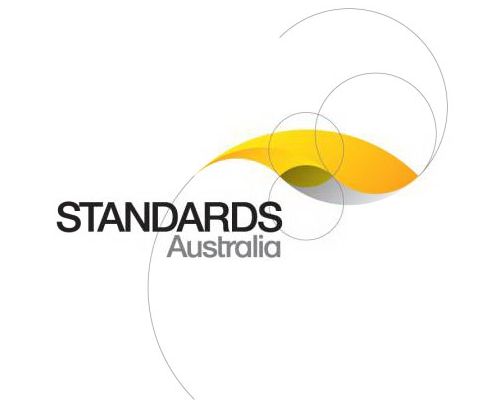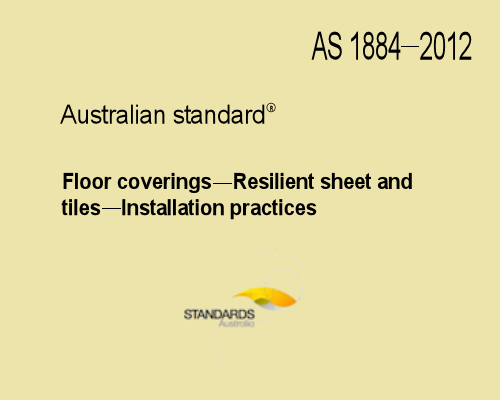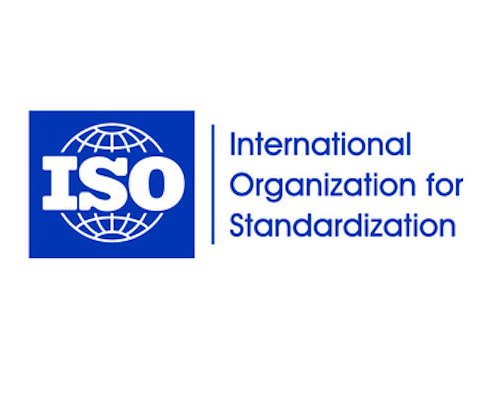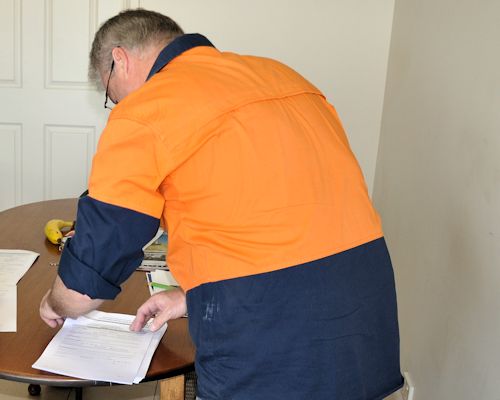Standards and specifications
| AS 1884-2012 | Floor coverings - Resilient sheet and tiles - Installation practices |
| AS 2454-2007 | Textile floor coverings - Terminology |
| AS/NZS 2455.1-2007 | Textile floor coverings - Installation practice - General |
| AS/NZS 2455.2-2007 | Textile floor coverings - Installation practice - Carpet tiles |
| AS/NZS 2914-2007 | Textile floor coverings - Informative labelling |
| AS 3740-2010 | Waterproofing of domestic wet areas |
| AS 4288-2003 | Soft underlays for textile floor coverings |
| AS/NZS 4858-2004 | Wet area membranes |
Go to Work procedures

Industry Network Training and Assessment Resourses
© 2023 Workspace Training












